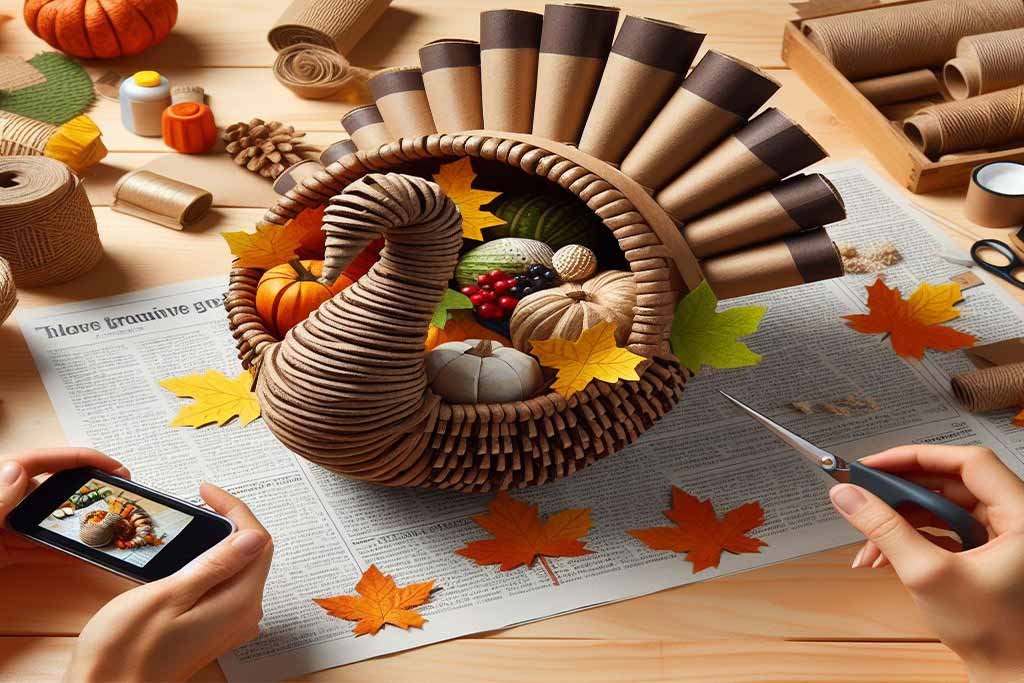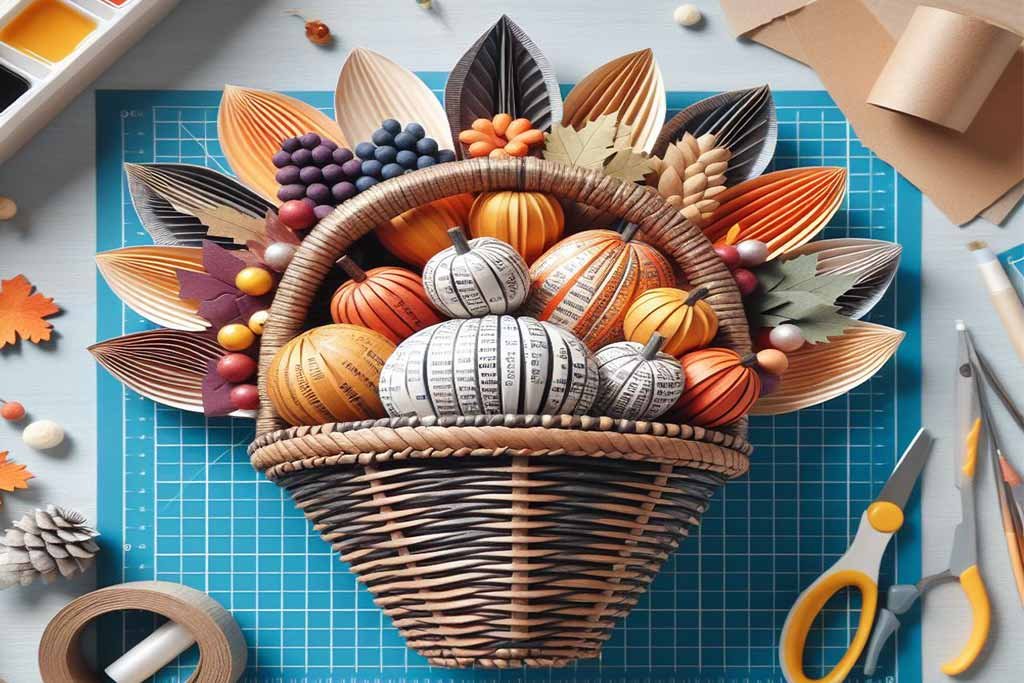The cornucopia, often depicted as a horn overflowing with abundance, transcends its agricultural roots to become a powerful symbol that resonates across cultures and centuries. Known as the “Horn of Plenty,” this emblem is not merely a representation of a bountiful harvest but carries layers of symbolic meanings that extend to abundance, prosperity, and the cyclical nature of life. In this blog post, we will explore the rich tapestry of cornucopia symbolism, unraveling the diverse meanings woven into its enduring iconography.
From Thanksgiving centerpieces to Renaissance paintings, the cornucopia, or horn of plenty, has graced our lives for centuries. But what does this overflowing horn actually symbolize? Dig deeper than the autumnal pumpkins and gourds, and you’ll find a rich history brimming with meaning.


From Myth to Mantelpiece: The Enduring Symbolism of the Cornucopia
Rooted in Mythology
Our journey begins in ancient Greece, where the cornucopia belonged to the goat-nymph Amalthea. When Zeus, the king of gods, was a baby, she fed him with this magical horn, which miraculously produced whatever he desired. This legend established the cornucopia’s core meaning: abundance beyond imagination.
Greek Mythology: The cornucopia finds its origins in Greek mythology, where it is associated with the horn of Amalthea, the goat who nursed and raised Zeus. Legend has it that Zeus accidentally broke off one of Amalthea’s horns, and to show gratitude, he endowed it with the power to produce an endless supply of nourishment.
Roman Influence: The Romans adopted the cornucopia as a symbol of abundance and prosperity, often depicting their goddess of plenty, Abundantia, holding the horn overflowing with the bounties of the earth. This imagery persisted in Roman art and culture, emphasizing the idea of a flourishing and prosperous society.
A Harvest Bounty
No wonder then, that the cornucopia became a symbol of the harvest. Overflowing with fruits, vegetables, and grains, it represented the fruits of human labor and the blessings of nature. Farmers and artists alike embraced it as a celebration of nature’s bounty and a promise of future plenty.
Beyond the Physical
The cornucopia’s symbolism wasn’t limited to the material world. It also represented spiritual and intellectual abundance. Philosophers saw it as a symbol of knowledge and wisdom, overflowing with ideas and inspiration. Christians adopted it to represent God’s blessings and the abundance of spiritual riches available to the faithful.
- Cracking the Code of Scales: Unraveling the Alligator’s Bite in Your Dreams
- Animals that Symbolize Friendship and Loyalty
- Soaring High: Unveiling the Spirit Symbolism of the Eagle
- Creatures of Enchantment: Animals that Weave Tales of Magic and Mystery
- Seahorses Symbol and Meaning
A Modern Echo
Today, the cornucopia’s symbolism continues to resonate. It graces Thanksgiving tables, reminding us of gratitude for the harvest and the blessings we share. It adorns wedding decorations, wishing the couple a life overflowing with happiness and prosperity. And it inspires artists and creators, urging them to tap into the boundless wellspring of their own imagination.
The cornucopia is a popular motif in decorative arts, including sculptures, paintings, and architectural elements. Its presence in various forms of artistic expression serves as a visual reminder of the enduring ideals of abundance and prosperity.
The cornucopia, with its roots in ancient mythology and its enduring presence in cultural symbolism, continues to captivate our imaginations. Beyond its aesthetic appeal, the Horn of Plenty serves as a potent reminder to appreciate the abundance in our lives, express gratitude for the bounties of the Earth, and embrace the cyclical nature of growth and renewal. As we encounter the cornucopia in various cultural contexts, we are invited to celebrate the richness that surrounds us and to cultivate a spirit of gratitude for the abundance that life generously bestows upon us.
- Swan Symbolism and Meaning
- Tiny Totems: Unveiling the Meaning of Ants in Your Dreams
- The Vulture Spiritual Meaning and Symbology
- What is your totem animal? find out which animal represents you
- What is a totem, what is its meaning and where does it come from
So, the next time you encounter a cornucopia, take a moment to appreciate its deeper meaning. It’s a reminder that abundance is not just about material possessions, but also about creativity, gratitude, and the endless possibilities that life holds. Let its overflowing horn inspire you to cultivate your own abundance, in whatever form it may take.
What does the cornucopia symbolize for you? Share your thoughts in the comments below!
Bonus:
- Check out famous paintings and sculptures featuring the cornucopia, like Rubens’ “Abundantia” or Tiepolo’s “Allegory of the Earthly Paradise.”
- Explore how the cornucopia has been used in different cultures and religions throughout history.
- Get creative! Make your own cornucopia centerpiece or artwork to celebrate your own personal abundance.
Let’s keep the horn of plenty overflowing with meaning!
